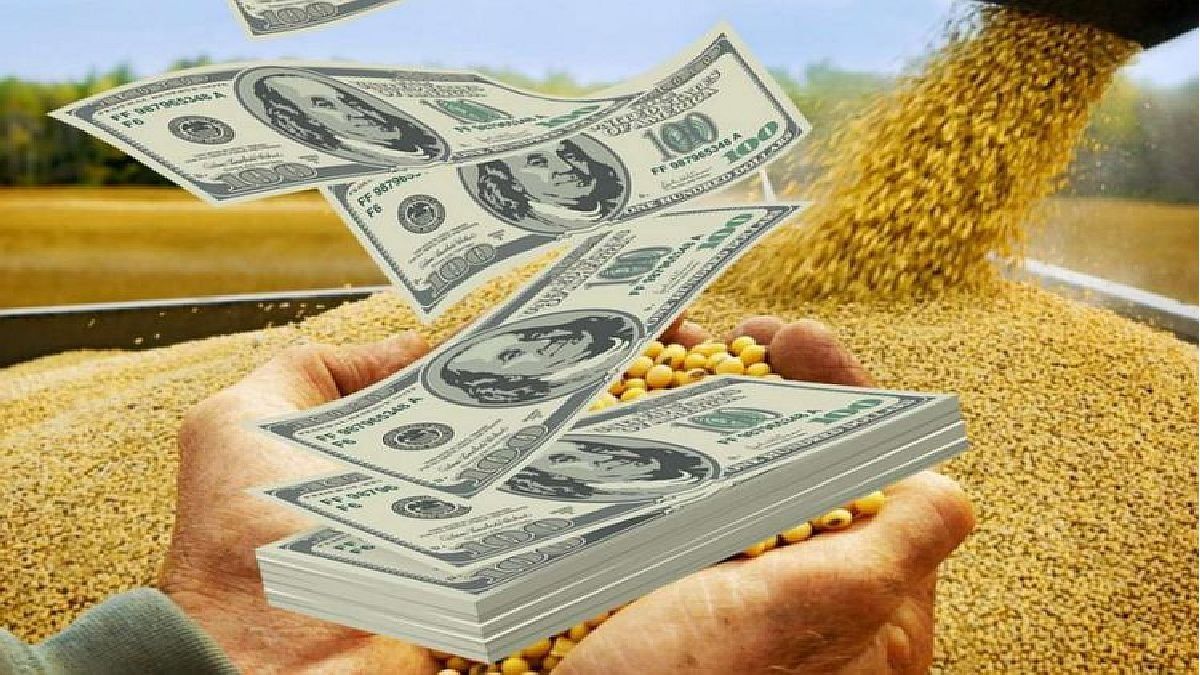The fear in the ruling party is that the lower sale of soybeans by producers will result in a drop in the dollar income of agro-exporters in the coming weeks. A scenario that for the moment would not be considered and for now this year the sector would contribute a total of around US$41,000 million, record figure and that also corresponds to practically 50% of everything that the country would export this year, which according to the latest survey of the Rosario Stock Exchange would reach US $ 87,100 million.
The reserves of the Central Bank today are a central issue on the agenda of the Argentine economy and that is why the Government would seek in some way to encourage producers to liquidate the soy that they still keep in their silos and that would be valued at US$2 .500 million, according to estimates by the entity’s president, Miguel Pesce.
For the time being, what the economics team is replicating is that no concrete measure would be advanced, but that, by narrowing the gap between the official exchange rate and the parallel ones, a more prosperous scenario would be created for the producer to sell his soybeans to which also discounts 33% of withholdings and today continues to trade comfortably above US$600 per ton.
In parallel, this Tuesday the new Minister of Production, Daniel Scioli, met with his counterpart from Agriculture, Julián Domínguez, and that marks a symbol of what his management would be from now on. It is that the former ambassador of Argentina in Brazil will seek to have a greater articulation with the agricultural portfolio, with a 100% productive look with the objective of adding more foreign currency to the local economy.
In this framework, after the meeting, the Ministry of Agriculture announced that Domínguez and Scioli advanced in the Cooperative Development Plan that seeks to promote and develop agro-bioindustrial cooperatives, with the aim of strengthening their presence in the more than 30 chains of industry value. Another point highlighted from the agricultural portfolio is that both officials “agreed on joint work to unite industry and the countryside and industrialize rurality.”
Beyond speculation in the agricultural sector, what worries producers today is not only the gap in the exchange rate with the parallels, but also the lack of diesel in various provinces, which ultimately also affects the normal marketing of the harvest. Topics on which the new minister and his Agriculture pair will also have to focus.
Source: Ambito
David William is a talented author who has made a name for himself in the world of writing. He is a professional author who writes on a wide range of topics, from general interest to opinion news. David is currently working as a writer at 24 hours worlds where he brings his unique perspective and in-depth research to his articles, making them both informative and engaging.




